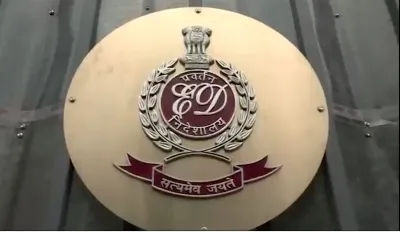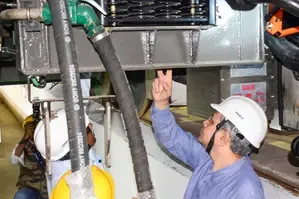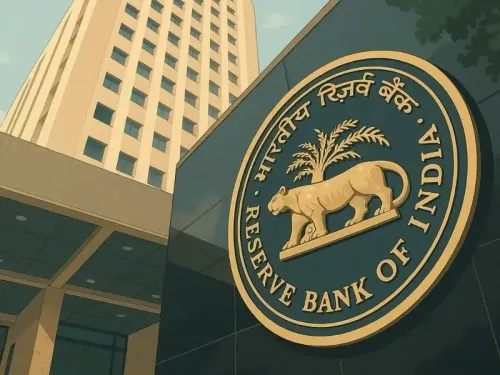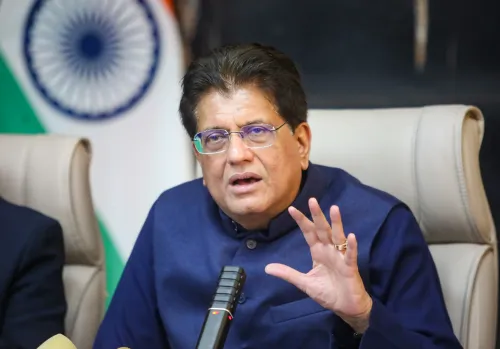How Did the Supply of Ethanol-Blended Petrol Surge Over 4-Fold in Just Four Years?
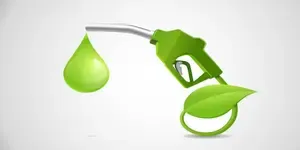
Synopsis
Key Takeaways
- Ethanol-blended petrol supply grew over 4-fold in four years.
- Blending percentage increased from 5% to 14.6%.
- Government aims for 20% blending by 2025-26.
- Significant savings in foreign exchange and CO2 emissions.
- Farmers benefit from higher sugarcane prices.
New Delhi, July 28 (NationPress) The supply of ethanol-blended petrol at retail outlets operated by public sector oil companies like Indian Oil and Bharat Petroleum has skyrocketed from 173 crore litres in the Ethanol Supply Year (November-October) 2019-20 to over 700 crore litres in the Ethanol Supply Year (ESY) 2023-24. During this period, the blending percentage also saw a notable rise from 5 percent in ESY 2019-20 to approximately 14.6 percent in ESY 2023-24, as reported to Parliament on Monday.
For the ongoing Ethanol Supply Year (ESY) 2024-25, by June 30, 2025, a total of 661.06 crore litres of ethanol has been blended with petrol, achieving an impressive blending percentage of 18.93 percent, Minister of State for Petroleum and Natural Gas, Suresh Gopi, informed the Rajya Sabha in a written reply.
In June 2025, the blending rate reached 19.92 percent. All retail outlets of Public Sector Oil Marketing Companies nationwide, which sell petrol, now offer E20 petrol, the minister added.
Highlighting India's advancements in the biofuels sector, Petroleum Minister Hardeep Singh noted that nearly 20 percent ethanol blending was achieved in 2025, a remarkable increase from just 1.53 percent in 2014. This achievement has led to Rs 1.4 lakh crore in foreign exchange savings, the substitution of 238 lakh metric tonnes of crude oil, a reduction of 717 lakh metric tonnes in CO2 emissions, and direct payments of Rs 1.21 lakh crore to farmers.
Farmers have benefited as sugar mills producing ethanol are now able to offer higher prices for sugarcane and settle dues promptly.
Encouraged by this progress, the government has advanced the target for 20 percent ethanol blending in petrol from 2030 to the Ethanol Supply Year 2025-26.
To achieve the 20 percent ethanol blending goal by ESY 2025-26, the government has implemented several measures, including a detailed roadmap for ethanol blending in India, expansion of feedstocks for ethanol production, a remunerative price for ethanol procurement under the EBP Programme, a reduction in the GST rate to 5 percent on ethanol for the EBP Programme, and amendments in the Industries (Development & Regulation) Act to facilitate the movement of ethanol across states for blending.
An interest subvention scheme has been introduced to enhance and augment ethanol production capacity in the country, along with regular Expressions of Interest (EoI) floated by Public Sector oil marketing companies for ethanol procurement.


